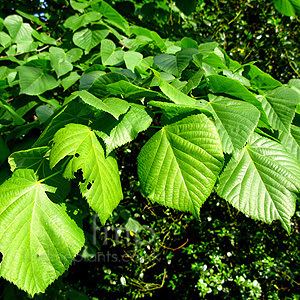Kingdom Plantae Family Malvaceae Scientific name Tilia heterophylla | Order Malvales Genus Tilia Rank Species | |
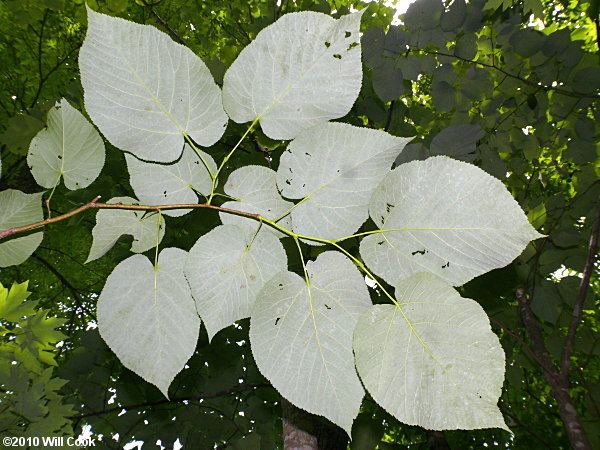 | ||
Similar Tilia caroliniana, Tilia chinensis, American linden, Tilia tuan, Tilia insularis | ||
Tilia heterophylla, the white basswood, is a species of Tilia native to mesic forests in eastern North America from central New York south to northernmost Florida and west to Missouri; it is most common in the Appalachian Mountains.
Contents
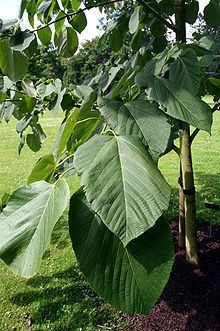
Its primary distinguishing characteristic from other North American Tilia species is the presence of dense felt (tomentum) of white hairs on the underside of the leaves. It has often been considered to be a variety of Tilia americana, as Tilia americana var. heterophylla, though some others place it as a species in a separate section of the genus, more related to other European and Asian Tilia species with white tomentum on the undersides of the leaves, such as Tilia tomentosa. The problem of its species status and placement in the genus is complicated by extensive natural hybridization with Tilia americana.
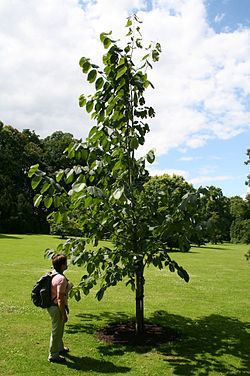
Description

Tilia heterophylla is a medium-sized to large deciduous tree growing to 27 m (89 ft) tall with a trunk up to 90 cm (3.0 ft) diameter. The leaves are large, very unequal at the base, 7–19 cm (2 3⁄4–7 1⁄2 in) long and 6–14 cm (2 1⁄4–5 1⁄2 in) broad, with a finely toothed margin; they are light green and smooth above, and silvery downy beneath. The flowers, larger than those of T. americana, are produced in clusters of 10–24 together. The fruit is spherical, 13 mm (1⁄2 in) diameter, downy, with the fruit bract pointed at the base.
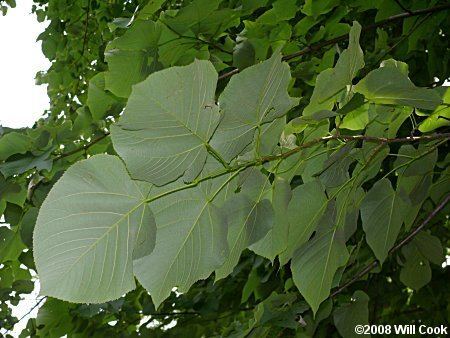
The tree is not generally well known, but Professor Charles Sargent, in The Silva of North America, says of it:
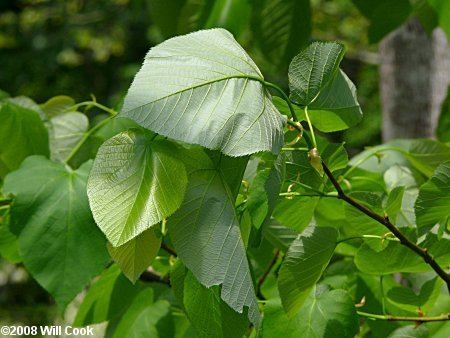
"Few North American trees surpass it in beauty of foliage; and the contrast made by the snowy whiteness of the under surface of its ample leaves as they flutter on their slender stems, with the dark green of the Hemlocks and Laurels on the banks of rapid mountain streams produces one of the most beautiful effects which can be seen in the splendid forests which clothe the valleys of the southern Appalachian Mountains."
Uses
The wood is called basswood, and not distinguished from that of other species of Tilia.
The young leaves are edible, and can be made into a mild-flavored tea.
